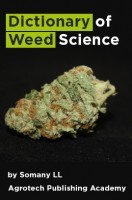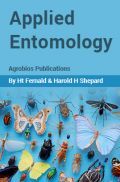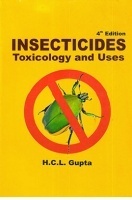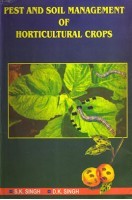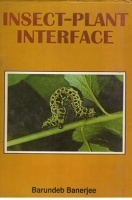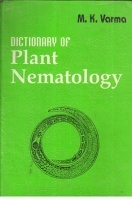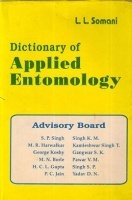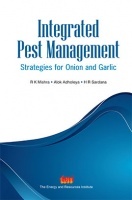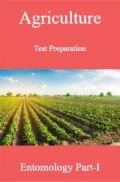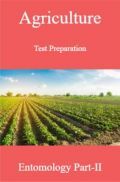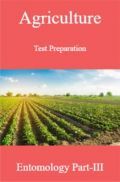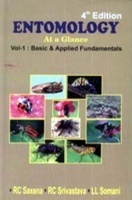Organic farming is a solution to save mankind from the impending dangers. Earthworms, the dominant macrofaunal biomass in the soil improve soil structure and fertility. Of late we have realized their potential in the management of waste and large-scale production of vermicompost. Any attempt to improve the production of the soil has to be based on an understanding of the processes taking place in the soil. This book is a humble attempt to make the readers without scientific background and particularly students in colleges and universities, farmers, horticulturists, environmental scientists and municipal and industrial managers to understand the role of earthworms in the conservation, productivity and management of soil.
This book Useful for Entomology.
1. Introduction
2. Soil: Formation, Health, Conservation and Nutrient Cycling
3. Taxonomic Characters and Key for Identification
4. Collection and Preservation of Earthworms
5. Morphology, Anatomy and Life Cycle of Earthworms
6. Earthworm Community and Ecological Classification of Earthworms
7. Vermiculture and Vermicomposting
8. Effect on the Physical Features of Soil
9. Soil Microbes and Earthworms
10. Earthworm and Humification
11. Effect of Vermicompost on Plants
12. Therapeutic Values of Earthworm
13. Questions
14. References







